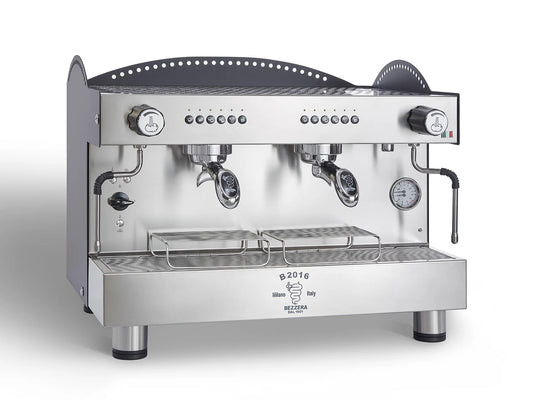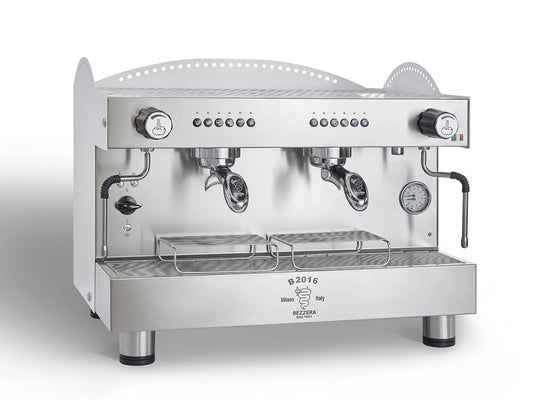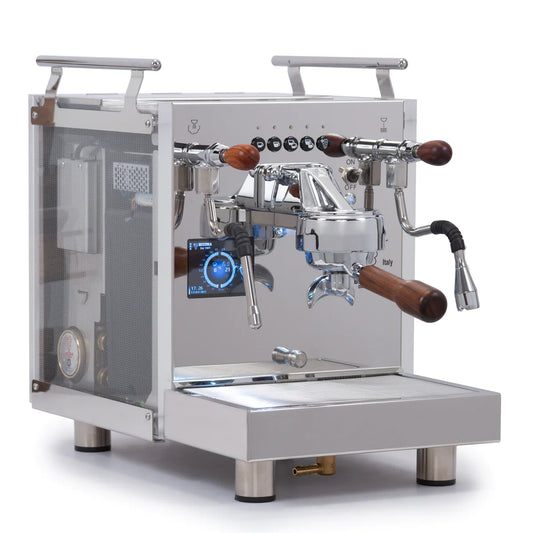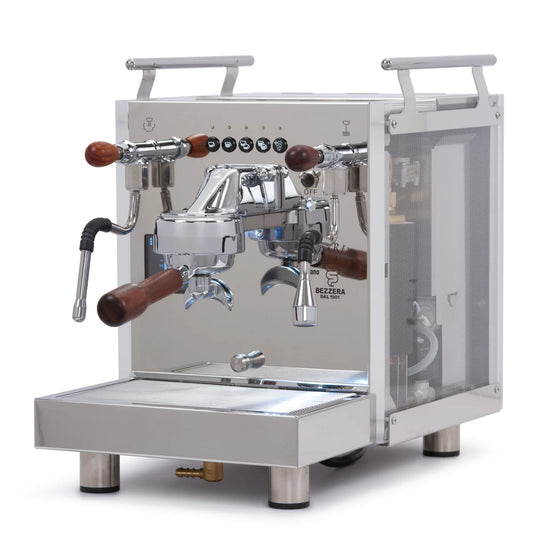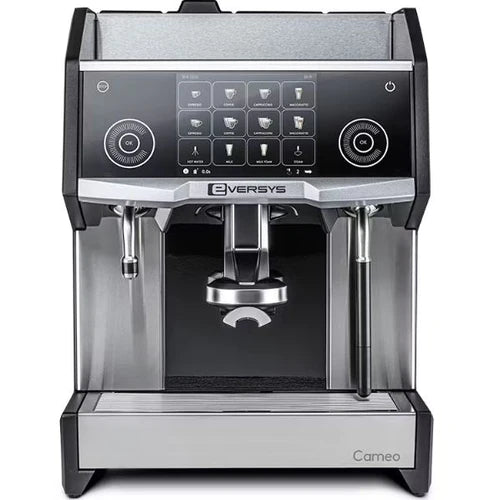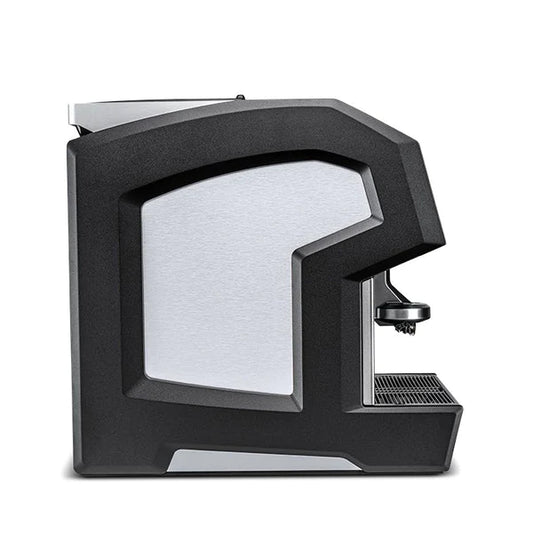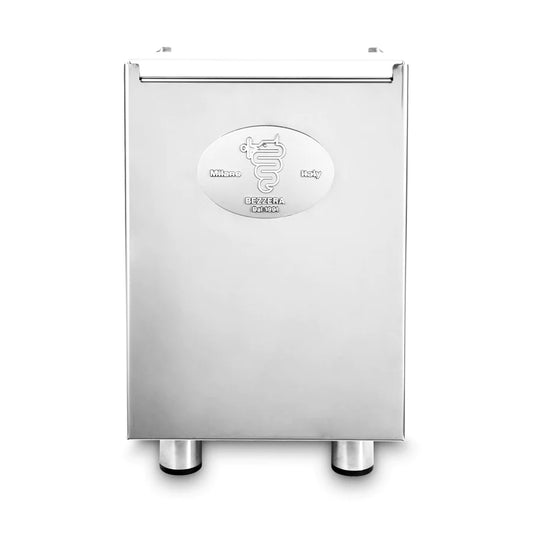Understanding Unity's Render Pipelines: Built-in, URP, and HDRP
Table of Contents
- Key Highlights:
- Introduction
- The Built-in Render Pipeline: A General-Purpose Solution
- Universal Render Pipeline: Versatility Across Platforms
- High Definition Render Pipeline: Pushing the Boundaries of Visual Fidelity
- Comparing the Three Render Pipelines
- Real-World Examples of Each Pipeline
- Conclusion
Key Highlights:
- Unity offers three distinct render pipelines: Built-in, Universal Render Pipeline (URP), and High Definition Render Pipeline (HDRP), each serving different needs for game development.
- The Built-in Render Pipeline is Unity's standard offering with limited customization, while URP allows for broad optimization across various platforms.
- HDRP targets high-end platforms, enabling game developers to create advanced visual fidelity and realism.
Introduction
Unity Technologies, a leader in game development, provides a variety of tools and features that developers rely upon to bring their innovative visions to life. At the heart of this ecosystem lies the concept of render pipelines, which play a critical role in how graphics are processed and rendered in games. Depending on the project requirements and hardware capabilities, developers can choose from three primary render pipelines: the Built-in Render Pipeline, the Universal Render Pipeline (URP), and the High Definition Render Pipeline (HDRP). Each pipeline offers unique advantages and considerations, shaping how graphics are visualized and optimized across platforms.
This article delves into the functionality, benefits, and ideal use cases for each of Unity's render pipelines. By understanding these distinctions, developers can make informed decisions that enhance their projects and improve performance.
The Built-in Render Pipeline: A General-Purpose Solution
The Built-in Render Pipeline is Unity’s default graphics rendering system. Designed primarily for compatibility and ease of use, it serves as a general-purpose pipeline that suits a variety of projects, particularly for those who do not require high levels of customization.
Characteristics of the Built-in Render Pipeline
- Simplicity: This pipeline is straightforward to set up and implement, making it an excellent choice for beginners or smaller projects that prioritize rapid development.
- Wide Compatibility: Games developed with this pipeline can run on a broad range of platforms, including mobile devices, desktops, and consoles.
- Limited Customization: While it offers many built-in effects and rendering options, the customization capabilities are restricted when compared to URP and HDRP. Developers seeking unique visual styles or specific performance enhancements may find this limiting.
Use Cases for the Built-in Render Pipeline
The Built-in Render Pipeline is ideal for:
- 2D and 3D Mobile Games: Given its simplicity and effectiveness, it is widely used in mobile game development where quick turnarounds are crucial.
- Prototypes and MVPs (Minimum Viable Products): Developers often utilize the Built-in Render Pipeline for initial prototypes due to its ease of use and quick implementation.
Universal Render Pipeline: Versatility Across Platforms
Transitioning from the Built-in Render Pipeline to the Universal Render Pipeline (URP) marks a significant enhancement in graphical output and performance. URP leverages a Scriptable Render Pipeline architecture, allowing developers more control over the rendering process while optimizing for different platforms.
Benefits of the Universal Render Pipeline
- Customization: URP provides a level of customization not possible with the Built-in pipeline, enabling developers to fine-tune rendering settings and shaders according to their specific project requirements.
- Performance Optimization: Designed to run efficiently on a wide variety of hardware, URP optimizes graphics for both high-end and low-end devices without sacrificing visual quality. This is essential in mobile and VR applications where performance is critical.
- Compatibility with Standards: By conforming to the Universal Render Pipeline Standards, this pipeline allows for easier integration of Unity’s Shader Graph, making it accessible for developers who may not be proficient in writing shaders.
Ideal Applications for URP
URP shines in projects that need:
- Cross-Platform Deployments: For games intended to be released on multiple devices, URP accommodates the differing graphics capabilities, ensuring a consistent experience.
- Realistic Graphics with Custom Shaders: This pipeline is particularly beneficial for indie developers seeking unique visual styles through custom shaders or visual effects.
High Definition Render Pipeline: Pushing the Boundaries of Visual Fidelity
As technology evolves, the demand for increasingly realistic graphics in gaming has surged, leading to the development of the High Definition Render Pipeline (HDRP). HDRP is designed for high-fidelity graphics, targeting high-end gaming hardware and consoles.
Key Features of HDRP
- Advanced Visual Effects: HDRP supports techniques such as physically-based rendering (PBR), volumetric rendering, and screen space reflections, among others. These advanced features enable developers to create stunning visual effects that enhance immersion.
- Pipeline Optimization for High-End Hardware: HDRP is optimized for devices that can handle extensive graphic demands, ensuring that games maintain high frame rates while rendering complex scenes.
- Lighting and Shadows: HDRP offers enhanced lighting and shadowing techniques, including real-time ray tracing, enabling developers to achieve a new level of realism in lighting interactions.
Suitable Use Cases for HDRP
HDRP is best suited for:
- PC and Console Games: Games that require the most advanced graphical capabilities utilize HDRP to create engaging environments with stunning realism.
- Cinematic Experiences: For developers aiming to elevate storytelling through visuals—such as in cutscenes or narrative-driven games—HDRP’s high-quality rendering capabilities can significantly enhance the experience.
Comparing the Three Render Pipelines
When selecting a render pipeline, developers must consider various factors including performance requirements, targeted platforms, and art style goals.
Performance
- Built-in: Adequate for simple projects but not optimized for high performance.
- URP: A middle-ground option that balances performance with graphical quality, suitable for most games.
- HDRP: Built for performance at high graphic settings but requires powerful hardware.
Customization
- Built-in: Limited options for customization.
- URP: Offers extensive customization capabilities for developers.
- HDRP: Highly customizable, particularly for advanced rendering techniques.
Target Platforms
- Built-in: Broad compatibility but less emphasis on modern graphical demands.
- URP: Supports a wide range of platforms including mobile devices, optimizing performance seamlessly.
- HDRP: Limited primarily to high-end PCs and consoles where maximum fidelity is sought.
Real-World Examples of Each Pipeline
To further illustrate how each render pipeline functions in practice, here are examples of successful games that utilize each option.
Games Using the Built-in Render Pipeline
- "Angry Birds": A clear example of mobile gaming relying on simple graphics and rapid deployment.
- "Temple Run": This classic endless runner utilized the Built-in Render Pipeline's simplicity to achieve rapid development and broad compatibility.
Games Utilizing the Universal Render Pipeline
- "Hollow Knight": Utilizing URP to deliver stunning hand-drawn visuals, this game perfectly showcases how URP can handle complex art styles alongside performance.
- "Cuphead": Another example where URP supports games with unique visual aesthetics while ensuring performance across devices.
Titles That Leverage the High Definition Render Pipeline
- "Cyberpunk 2077": A hallmark of modern gaming graphics, this title takes full advantage of HDRP’s capabilities to deliver a visually stunning experience filled with intricate detail.
- "Watch Dogs: Legion": This game employs HDRP for its vast urban environments and complex lighting, showcasing advanced rendering techniques that blur the lines of reality.
Conclusion
Selecting the proper render pipeline is integral to the success of a game project in Unity. Developers must assess their project’s needs, the graphical ambition, and performance requirements to choose between the Built-in, URP, and HDRP pipelines. Each pipeline presents its set of advantages and optimal use scenarios, ensuring that whether developers are creating simple mobile games or high-end console experiences, there's a tailored solution available to meet their needs.
FAQ
What is the main difference between URP and HDRP?
URP is designed for versatility and cross-platform compatibility, offering customization options for varied hardware, while HDRP focuses on delivering high-fidelity graphics for cutting-edge platforms.
Can I switch between the render pipelines in Unity?
Yes, Unity allows developers to switch between the rendering pipelines, although it typically requires adjustments in assets and shaders to ensure compatibility with the target pipeline.
Why would I choose the Built-in Render Pipeline over URP or HDRP?
The Built-in Render Pipeline is a good choice for quick prototyping or projects that do not require advanced graphics or extensive custom features. It is especially helpful for beginners to get started with Unity.
Is HDRP future-proof?
While HDRP pushes the envelope on graphics capability, continual advancements in technology may change what is considered high-fidelity. Developers should always stay updated on new technologies and practices in the gaming industry.
Are there any performance limitations with these pipelines?
Each render pipeline has unique limitations based on its design. Built-in is less performance-oriented, URP offers balanced performance across platforms, while HDRP is designed for devices capable of rendering high-end graphics effectively.

